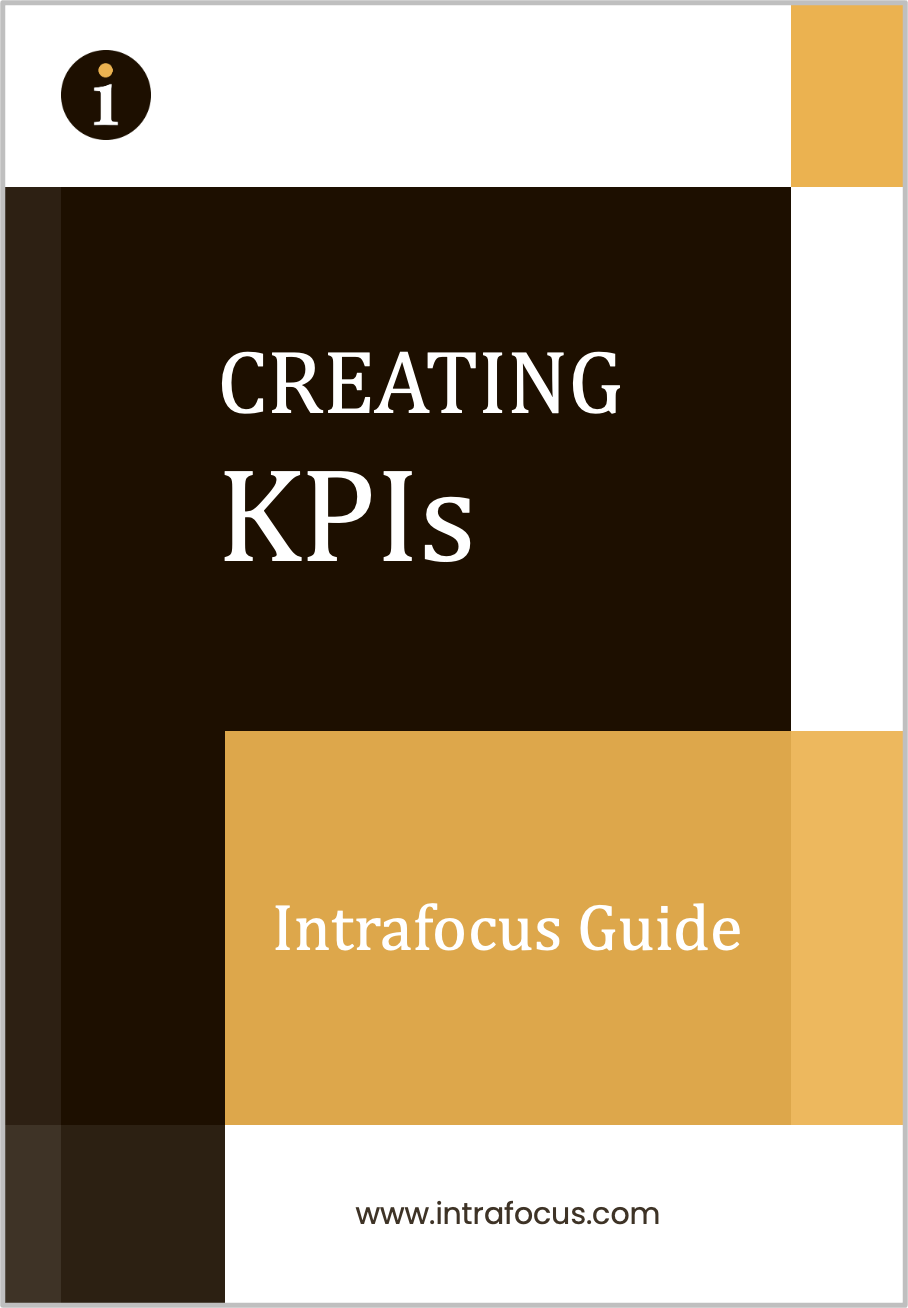Strategy for Beginners – Strategy is a process just like any other process. Unfortunately this simple fact is often forgotten. All too often organisations think about strategy once or twice a year and forget about it until prompted by a senior manager. Unless strategy is embedded into a weekly or monthly operational cycle, nothing will change.
The confusion arises as strategy, by definition, is concerned with the long-term-view. In today’s environment that can mean a 2-3 year outlook for most industries. And a 3-5 year outlook for governments. There are some industries, for example pharmaceutical, that need to consider a 5-10 year view.
So it seems to make sense that a strategy can be set and then assessed at the end of the outlook period. This is, of course, completely wrong. A strategy must be monitored as strictly and robustly as any other organisational process. This is the only way to ensure success.
Another inhibitor is that strategy needs to be demystified. The strategic process is actually very simple. It is a cyclical process that can be entered at any point but is usually kicked off with an assessment phase. The assessment compares what is in place already with what is happening in the marketplace and environment. The basic process looks like this:
- Vision/Mission and Goals
- Research and Analysis
- Formulation/Objectives
- Implementation
- Evaluation and Control
The evaluation and control phase ensure that the process is embedded into existing weekly or monthly operational reviews/meetings.
There are several strategic ‘methods’ that can be adopted by an organisation. In some respects it really does not matter which one is chosen. It is important, however, that a strategic method is adopted in the first place. In very large organisations the strategic method is usually one that has been created by the organisation itself. It will almost certainly contain elements of a standard methodology, but it will be ‘tweaked’ to suit the organisation’s culture and history. This is fine, provided all of he elements above are covered.
Medium sized and smaller organisations are better server by adopting an industry standard methodology. There are several to choose from, we would highly recommend the Balanced Scorecard approach. The standard methodologies have been tried and tested over decades and proven to be successful. So there is no reason to waste time and effort re-inventing the wheel. You my consider your business to be unique. This is a good place to start, but don’t forget, strategy is a process. A process does not have to be unique. It is the content that brings about differentiation, not the process.
For more information on how to adopt a strategic approach, please check out our resource base:
- Strategy 101 – A Beginners Guide (including the free e-book: How to Develop a Meaningful Strategy)
- Strategic Process – The Balanced Scorecard
- Strategic Analysis – A selection of strategic analysis tools
- Strategy Maps – Strategy map templates and instructions
- Strategy Planning Checklist – A template checklist and gap analysis explanation
- Strategy Software – A tool to ensure you select the right software
End of Strategy for Beginners


